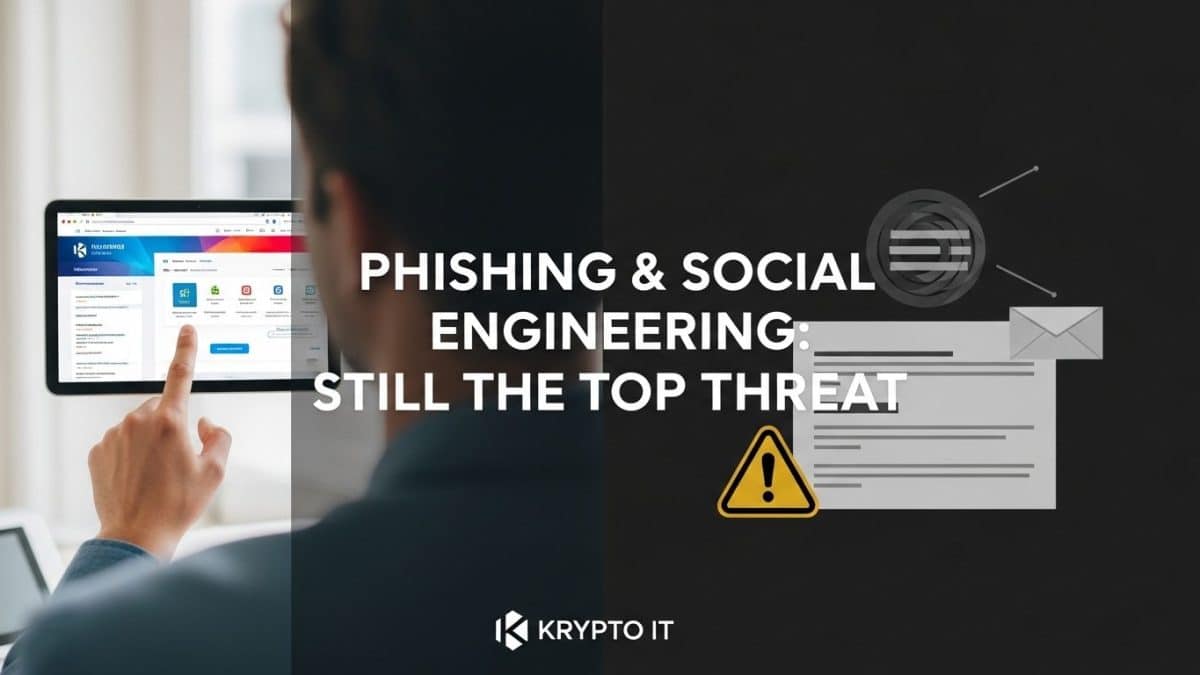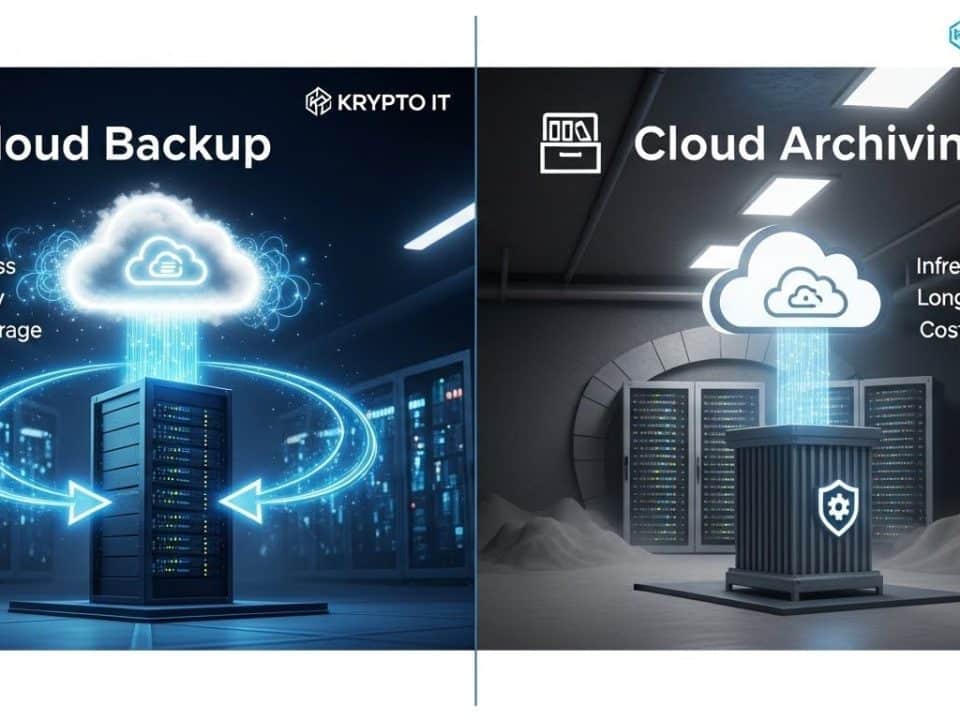
Microsoft 365 ‘Direct Send’ Abuse: A New Phishing Threat
June 28, 2025
Fraud Foes: Scammers Posing as Investigators
June 30, 2025Why Human Deception Keeps Bypassing Your Strongest Tech Defenses
Despite billions invested in firewalls, endpoint detection, and advanced threat intelligence, phishing and social engineering continue to reign supreme as the most effective attack vectors for cybercriminals. In fact, reports for Houston businesses indicate a significant rise in cybersecurity incidents, with social engineering attacks on SMB employees increasing by an alarming 350% compared to larger enterprises. This pervasive threat, now amplified by sophisticated new tactics like “ClickFix” attacks and the pervasive use of AI-generated emails, proves that the human element remains the strongest, yet often weakest, link in your cybersecurity chain.
For Small and Medium-sized Businesses (SMBs) in Houston, understanding these evolving deception techniques and fortifying your “human firewall” is paramount to protecting your data, finances, and reputation.
The Enduring Power of Social Engineering
Social engineering is the art of manipulating people to disclose confidential information or perform actions that benefit the attacker. It’s not about complex code; it’s about exploiting human psychology – trust, fear, curiosity, urgency, and the desire to be helpful. While technical defenses guard systems, social engineering targets the people operating them, making it incredibly effective at bypassing even the most robust technological safeguards.
New Tactics: ClickFix and AI’s Email Onslaught
Cybercriminals are constantly innovating, and two particularly concerning trends are amplifying the effectiveness of social engineering:
- “ClickFix” Attacks: This is a highly deceptive form of social engineering that preys on a user’s instinct to “fix” a perceived problem.
- How it Works: Attackers either compromise legitimate websites or lure users to malicious sites that display fake browser update notifications, error messages (e.g., “Page cannot be displayed, click ‘Fix It'”), or “prove you’re human” prompts.
- The Deception: The user is then instructed to copy and paste a seemingly innocuous command into their browser’s developer console, PowerShell, or the Windows Run dialogue (WinKey+R). Sometimes, the malicious script is even silently copied to the clipboard.
- The Result: Unbeknownst to the victim, executing this command directly installs malware (like remote access Trojans or info-stealers such as Vidar Stealer) onto their system, bypassing traditional download and execution prompts. The attacker leverages the user’s trust in on-screen instructions to make them actively participate in their own compromise.
- AI-Generated Convincing Emails: The advent of generative AI, particularly Large Language Models (LLMs), has fundamentally transformed phishing campaigns, making them far more insidious.
- Flawless Language: AI eliminates grammatical errors and awkward phrasing, making malicious emails indistinguishable from legitimate communications.
- Hyper-Personalization at Scale: AI can process vast amounts of public data (from social media, company websites, news) to craft emails that are highly relevant and personalized to the recipient’s role, projects, interests, or recent activities. This allows for mass spear-phishing campaigns.
- Contextual Coherence and Mimicry: AI can adopt various tones (urgent, helpful, authoritative, casual) and even mimic the writing style of specific individuals (e.g., your CEO or a colleague), further enhancing credibility.
- Evading Filters: The natural language and dynamic content generated by AI make it harder for traditional email filters to identify and block these sophisticated phishing attempts.
Why Phishing and Social Engineering Still Prevail
These tactics continue to succeed for several reasons:
- Exploiting Human Nature: Trust, urgency, fear, and curiosity are powerful motivators. Attackers skillfully play on these emotions to bypass critical thinking.
- The Element of Surprise: Attacks often come when employees are busy, distracted, or working outside the traditional office environment, lowering their guard.
- Targeting the Weakest Link: No matter how strong your technical defenses, they cannot fully account for human judgment errors under pressure.
- Constant Adaptation: Cybercriminals quickly adopt new technologies (like AI) and techniques (like ClickFix) to stay ahead of security tools and user awareness.
- Blended Threats: Attackers often combine social engineering with technical exploits (e.g., a phishing email leading to a malicious link that exploits a browser vulnerability).
The Devastating Impact on Houston SMBs
For Houston SMBs, the consequences of successful phishing and social engineering attacks are severe:
- Data Breaches: Loss of sensitive customer data, employee PII, or intellectual property, leading to regulatory fines, legal action, and reputational damage.
- Financial Loss: Business Email Compromise (BEC) scams cost Houston businesses millions annually, with attackers impersonating executives or vendors to authorize fraudulent transfers. Ransomware is often delivered via phishing.
- Operational Disruption: Malware infections or account takeovers can lead to system downtime, impacting productivity and revenue.
- Reputational Damage: Losing customer trust and suffering public fallout from a breach can be devastating for an SMB’s brand and long-term viability.
- High Probability of Attack: Houston SMBs, particularly those with fewer than 100 employees, face a disproportionately high rate of social engineering attacks – receiving 350% more threats than larger companies.
Strengthening Your Human Firewall: Essential Strategies for SMBs
Combating advanced phishing and social engineering requires a proactive, human-centric approach:
- Continuous and Evolving Security Awareness Training: This is your primary defense.
- Simulated Phishing Attacks: Conduct regular, realistic phishing simulations (including those mimicking AI-generated emails and ClickFix scenarios) to test employee vigilance and provide immediate, actionable feedback.
- Focus on Behavioral Red Flags: Train employees to be skeptical of any unsolicited or unusual requests, even if they appear to come from internal sources or trusted contacts. Emphasize context over perfect grammar.
- Out-of-Band Verification: Instill the critical rule: verify, don’t trust. Teach employees to independently verify suspicious requests (especially financial or sensitive data requests) through a different, known communication channel (e.g., a phone call to a verified number, not replying to the suspicious email).
- Spotting ClickFix: Specifically train on signs of fake browser updates, “fix it” prompts, and any instructions to paste commands into browser consoles or run dialogue boxes.
- Reporting Culture: Foster a culture where employees feel safe and empowered to report any suspicious email or activity without fear of reprimand.
- Robust Email Security Gateways (with AI/ML Capabilities): Invest in advanced email security solutions that leverage AI and machine learning to detect subtle anomalies, deepfake indicators, and sophisticated phishing patterns, including those from AI-generated sources. Implement strong SPF, DKIM, and DMARC policies.
- Mandatory Multi-Factor Authentication (MFA): This is the strongest technical defense against credential theft, which is a common outcome of phishing. Make MFA mandatory for all accounts: email, cloud services, VPNs, and critical internal systems.
- Endpoint Detection and Response (EDR/MDR): Even if an employee clicks a malicious link or executes a ClickFix command, EDR/MDR solutions can detect and neutralize malware or suspicious activity on the endpoint before it can cause widespread damage.
- Strict Internal Protocols for Sensitive Actions: Implement and enforce clear, multi-approval processes for financial transfers, access changes, and sensitive data sharing.
- Browser Security: Ensure browsers are kept up-to-date, use reputable ad-blockers where appropriate, and educate users on browser security settings.
Phishing and social engineering will continue to evolve as long as humans remain part of the equation. For Houston SMBs, recognizing that your people are your primary line of defense, and investing in their continuous education and empowerment, is the most effective strategy against these persistent and increasingly sophisticated threats. Krypto IT specializes in building these resilient “human firewalls” through comprehensive training and cutting-edge security solutions.
Don’t let human deception be your business’s downfall.
Contact us today to schedule a free consultation and fortify your defenses against the ever-present and evolving threat of phishing and social engineering.




